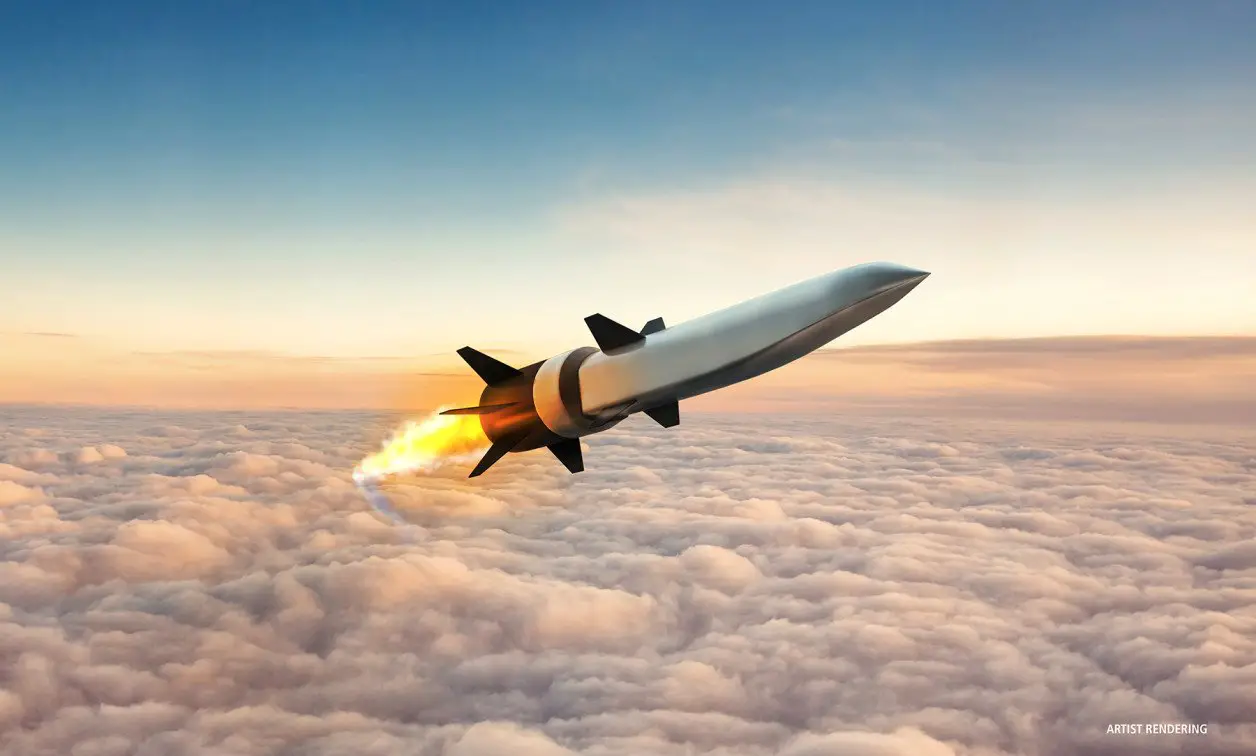As missile technology advances, missile defense strategies become more challenging. Along with enemy ICBMs, decoys, debris, and countermeasures, intercontinental ballistic missiles (ICBMs) are constantly streaming across space. As they go from one radar aperture to another, hypersonic missiles move so swiftly along the edge of the earth’s atmosphere that it is difficult to establish a continuous “track”.
Even though missile defense technology has improved tremendously in recent years and is now positioned for further advancements, and even newer paradigm is required to resist an upcoming generation of threats that include hypersonic weapons and high-speed multiple re-entry vehicles. As a result, the Pentagon is rushing swiftly to launch new constellations of cutting-edge, networked satellites with the express intention of creating that continuous track and bolstering the current missile defense systems.
This involves the installation of new constellations of low and medium Earth orbit satellites to complement existing geosynchronous higher altitude satellites, non-line-of-sight targeting and communication, high-speed data sharing, information processing, and transmission enabled by artificial intelligence, and, maybe most importantly, probably the most.
In essence, it is necessary to launch hundreds of additional satellites in order to “blanket” previously inaccessible target regions and exchange tracking data rapidly and precisely enough to prevent a targeting trajectory from being lost when a high-speed missile transitions from one field of attention to another.
With its $1.3 billion Tranche 1 Tracking Layer missile warning program, the Space Development Agency is hurriedly moving forward with its goal of launching twenty-eight additional satellites by 2025. Just recently, contracts were given to L3Harris and Northrop Grumman.
Director of the Space Development Agency Derek Tournear highlighted that two fundamental conceptual pillars serve as the foundation for the multifaceted launch plan, which would divide the twenty-eight satellites into four separate launches. According to Turner, these include “proliferation” and “spiral development,” who said as much to reporters at the Pentagon. He said that hundreds of satellites are required to function in orbit while continually obtaining new capabilities every “two years” via continuing spiraled development.
According to Tournear, the Space Development Agency (SDA) is focusing on “enabling beyond-line-of-sight targeting for our warfighters, to be able to deliver data for targets to them straight into theater anywhere in the globe.” Turner continued by stating that the SDA is trying to implement a similar strategy for “the new hypersonic glide vehicles that you see created and — and mentioned in the press,” adding that it will “be able to identify them, track them and then ultimately compute an actual targeting solution for those sophisticated missiles and deliver that down to an interceptor immediately in flight.”
The idea behind a significant increase of satellites is to network more lower-altitude satellites to one another while also including redundancy and resilience while simultaneously covering a larger portion of the planet in real-time using cutting-edge “throughput” rates.
Source: Read Original Article By The National Interest

